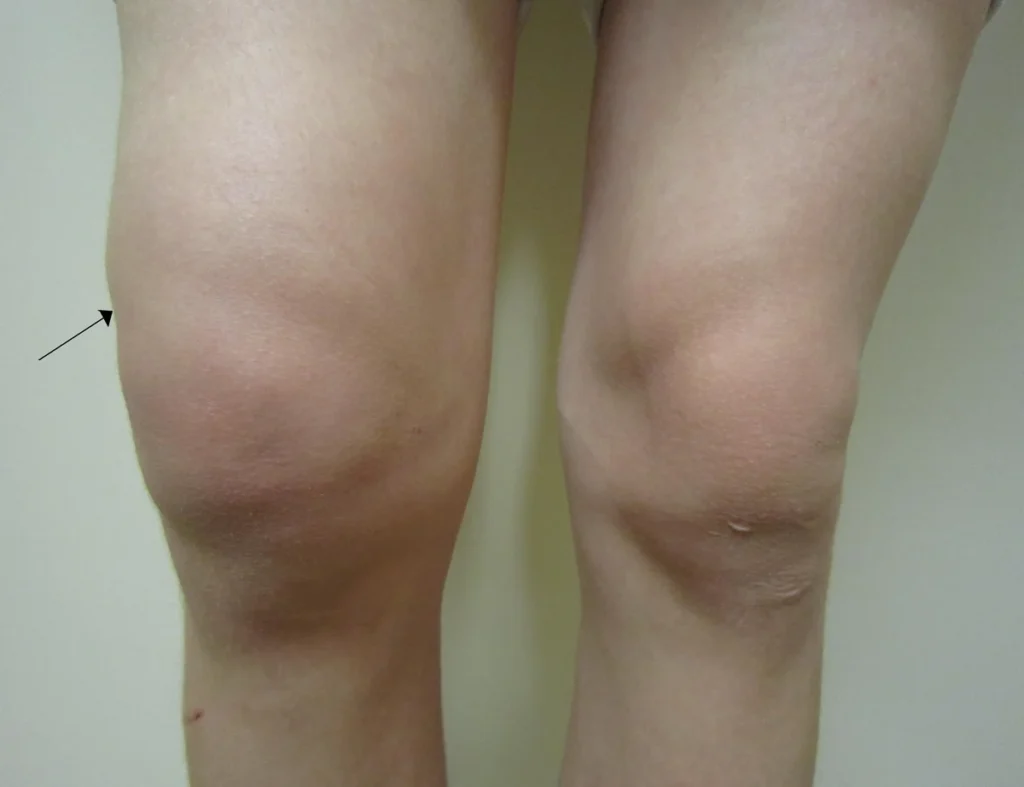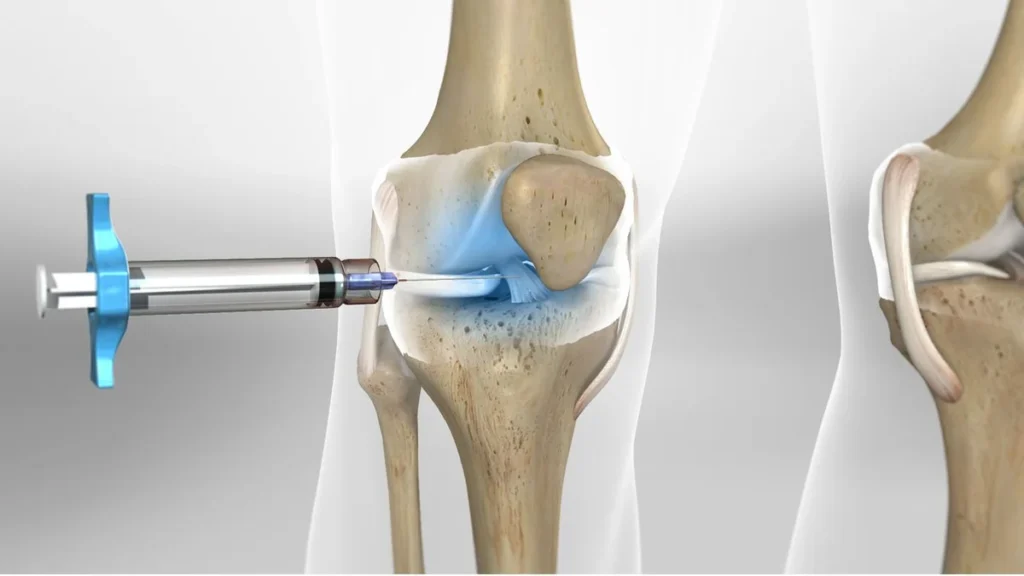Overview of Sprengel’s Deformity
Sprengel’s Deformity, a congenital condition, causes the scapula (shoulder blade) to be positioned higher than its normal location.

Developmental Process of the Scapula in the Fetus
Initially located in the neck region during early fetal development, the scapula gradually moves to its final position above the chest by the third month of fetal growth. Sprengel’s Deformity occurs when this transition does not happen on one side of the body. Sometimes, a tight band of tissue or an additional bone, known as the Omovertebral bone, connects the scapula to the vertebral column.
Symptoms of Sprengel’s Deformity
Often mild, the elevated scapula in Sprengel’s Deformity is usually noticeable only from the back, presenting a slight asymmetry in the shoulders. This asymmetry may initially be mistaken for scoliosis but can be distinguished upon closer examination. The condition is three times more common in females than males.
The scapula in affected individuals is typically smaller than normal, and the glenoid cavity often angles downward, which can restrict full arm elevation in some cases. While the glenohumeral joint (joint between the scapula and the arm) movements are usually normal, movements of the scapula over the chest are limited.
In one-third of patients, the arm can fully reach above the head, with a shoulder range of motion of 180 degrees. In another third, the range is reduced to about 135-180 degrees, and in the remaining third, the limitation is greater, with a shoulder abduction range of 90-135 degrees.

To make an appointment or get an online consultation with Dr. Nader Motallebi Zadeh, Limb lengthening surgeon, proceed here.
Familial Links and Characteristics of Congenital Shoulder Elevation
Sometimes, congenital shoulder elevation is familial. In 15% of cases, the condition is bilateral, making the shoulders and torso appearance less noticeable due to symmetry. The condition coexists with lateral spinal curvature (scoliosis) in 40% of cases. In 25% of patients, there is a presence of cervical rib or torticollis.
Associated Anomalies
Associated anomalies may include facial asymmetry, kidney anomalies, shoulder muscle disorders, and cervical spine abnormalities.
Treatment Approaches for Sprengel’s Deformity
The congenital elevation of the scapula typically does not affect shoulder and upper limb function, with patient complaints mostly related to cosmetic changes. In many cases, patients do not require treatment.
Surgical Intervention as a Treatment Option
In cases where the scapula elevation is excessive, surgery can be performed to shave the upper parts of the bone for a more natural shoulder appearance. Another surgical method involves lowering the entire scapula. The ideal age for surgery is between 3 to 6 years.

To make an appointment or get an online consultation with Dr. Nader Motallebi Zadeh, Limb lengthening surgeon, proceed here.
We hope you find this information useful. Please share your thoughts with us.



